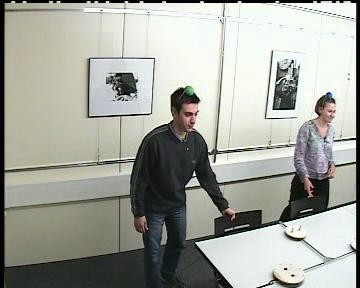 Camera 1 |
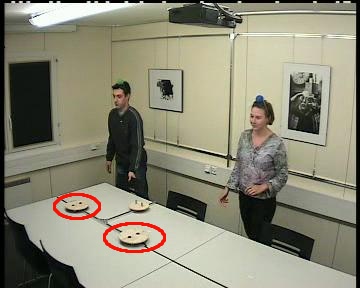 Camera 2 |
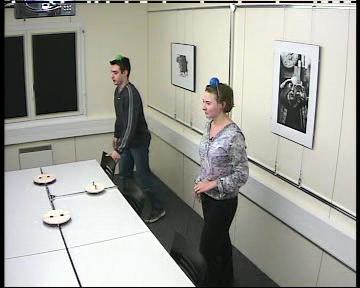 Camera 3 |
| seq18-2p-0101: access 16kHz audio and 3D mouth annotation. | ||
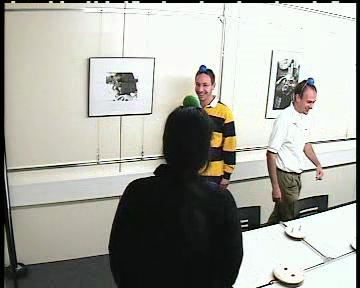 Camera 1 |
 Camera 2 |
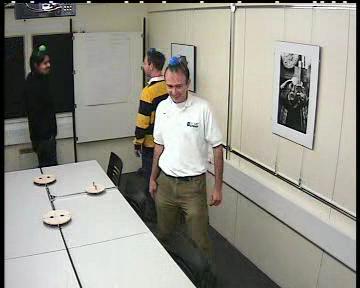 Camera 3 |
| seq45-3p-1111: access 16kHz audio and 3D mouth annotation. | ||

|
|
|
gt.mat MATLAB file here contains the 3D ground-truth.